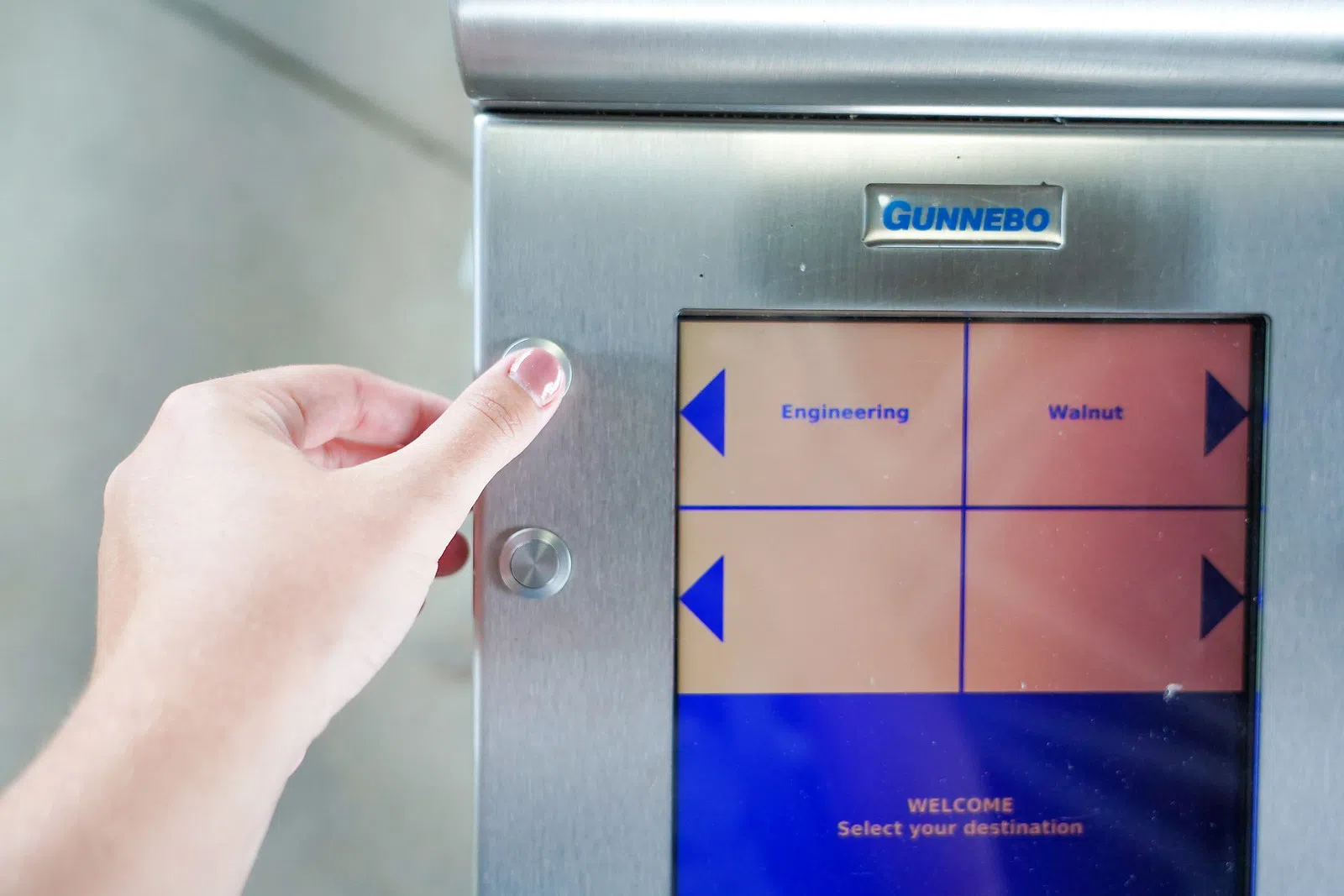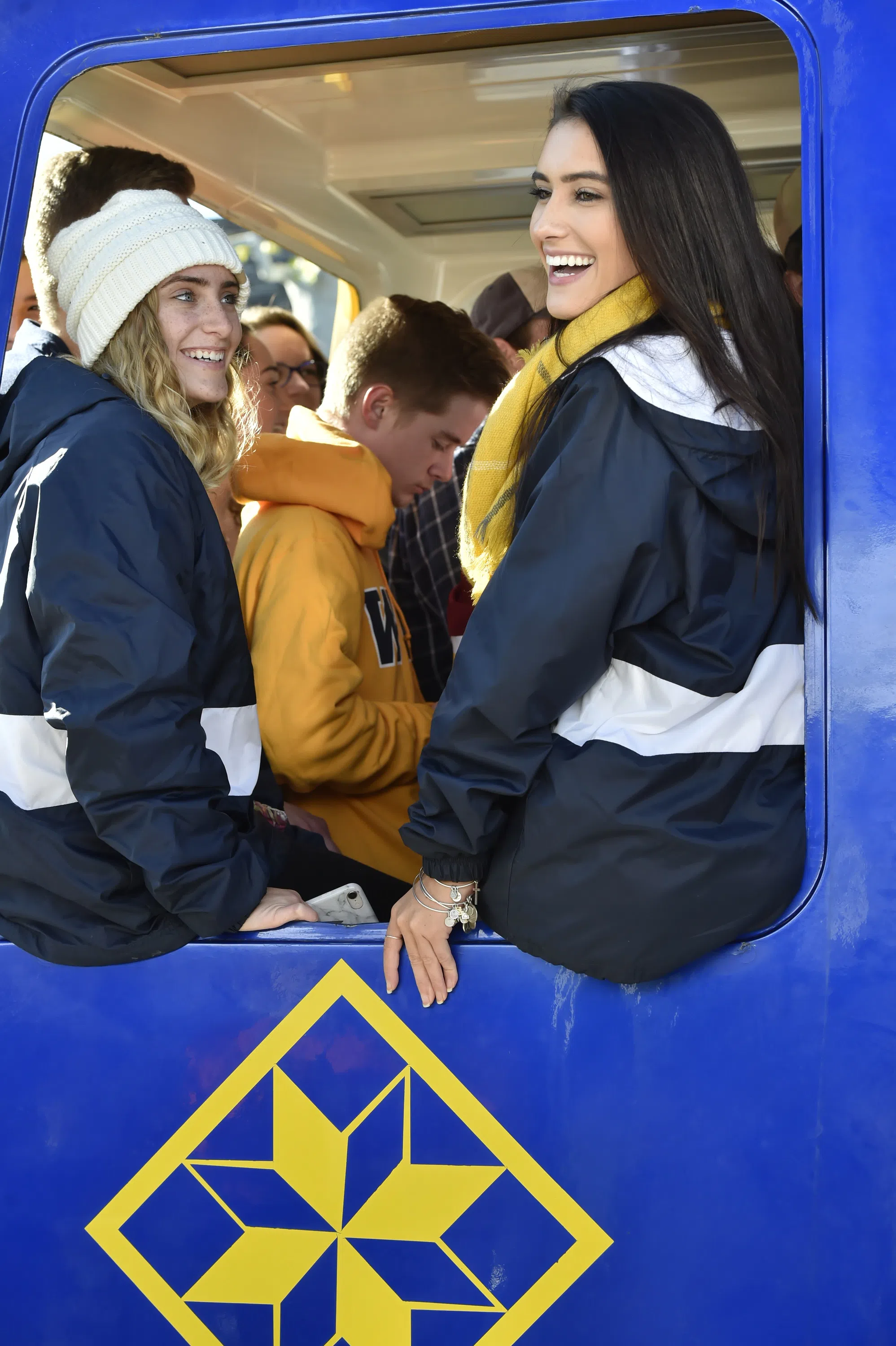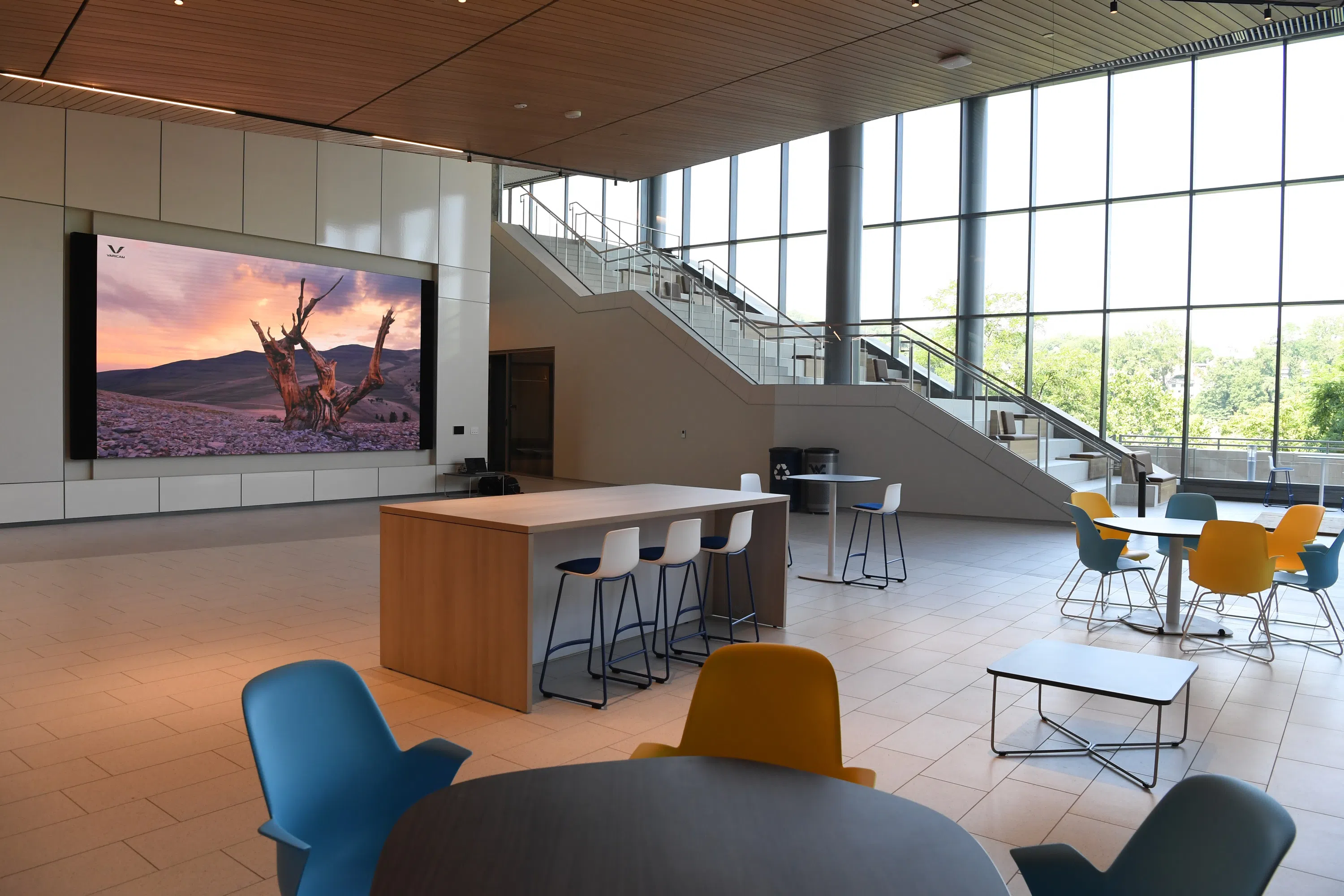The PRT (Personal Rapid Transit) is a quick and easy way to travel between the three areas of campus. With five stations, this unique monorail system makes transportation convenient (and fun). People without student ID cards pay just 50 cents to ride. These self-driving cars are run by computers and technicians from a central hub and operate Monday-Saturday. The PRT began passenger service in 1975 and can travel up to 30 mph. Approximately 15,000 people ride the PRT during the school year every day, and each individual car can accommodate 8 seated passengers and about 20 total passengers. The Beechurst Station serves the Downtown area of campus.
Media Gallery
Campus Transportation Options
🚉 Campus Transportation Options
WVU offers 2 main forms of transportation to help students access the 3 different areas of campus: our PRT monorail system and the Mountain Line Transit Authority Bus System.
Engineering PRT Station
The Personal Rapid Transit (PRT) is an automated people- mover that connects the three areas of the WVU Morgantown campus. The CO2 emissions savings the PRT creates by replacing buses equals 2,200 tons each year. The Engineering PRT Station serves the Engineering buildings and Evansdale Library area.
Towers PRT Station
Originally a demonstration project and the first large-scale automated guideway transit system in the U.S., the Personal Rapid Transit (PRT) is an automated people- mover that connects the three areas of the WVU Morgantown campus with downtown Morgantown. The PRT includes electronically powered, rubber-tired vehicles that travel on 8.7 miles of dedicated guideway between five stations. The Towers PRT Station serves the Evansdale area of campus.
Health Sciences PRT Station
Since its opening in 1975, the PRT has provided over 100 million passenger trips, significantly reducing vehicle congestion on Morgantown’s streets. The PRT's rubber-tired vehicles travel on 8.7 miles of dedicated guideway between five stations. Students ride for free with their ID. The Health Sciences PRT Station serves the Health Sciences area of campus.
Walnut PRT Station
The first large-scale automated guideway transit system in the U.S., the Personal Rapid Transit (PRT) is an automated people-mover. It reaches speeds of up to 33 mph and is powered by environmentally friendly electric motors. The Walnut PRT station connects downtown Morgantown to the Evansdale, Downtown, and Health Sciences areas of campus.
Personal Rapid Transit (PRT)
The PRT (Personal Rapid Transit) is a quick and easy way to access the three areas of campus. With five total stations, this unique monorail system makes transportation convenient (and fun). People without student ID cards pay just 50 cents to ride. These self-driving cars are run by computers and technicians from a central hub and operate Monday through Saturday. The PRT first began passenger service in 1975 and can travel up to 30 mph. Approximately 15,000 people ride the PRT during the school year every day, but each individual car can accommodate 8 seated passengers and about 20 total passengers.


